The Ultimate Guide to Camera Angles for Documentary Filmmaking
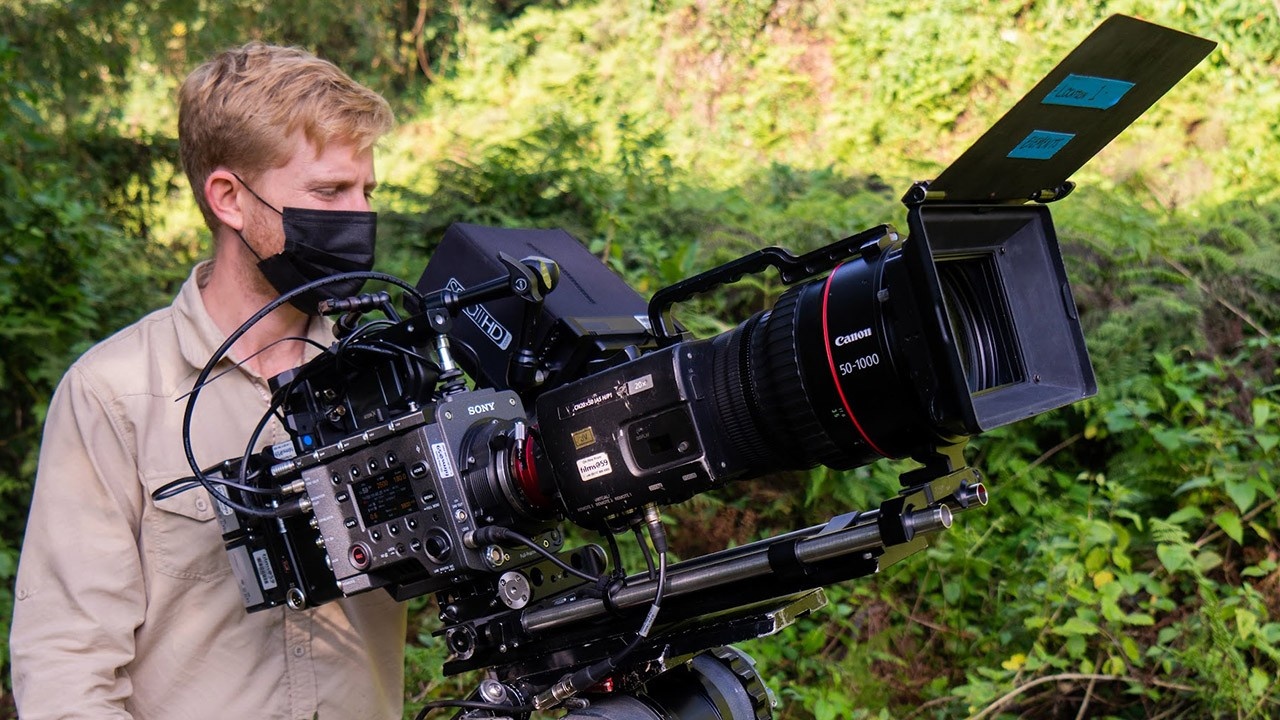
In this blog I’m going to be running through the different camera angles you can use when shooting your documentary.
It’s worth pointing out that the term camera angle means slightly different things to different people, but it always refers to the way a shot is composed.
Some people use it to include all camera shot types, others use it to specifically mean the angle between the camera and the subject.

Why Are Camera Angles Important?
When filming your documentary, whether you’re conscious of the fact or not, you have a perspective.
With every shot, you are deciding how the audience will experience the film through what you shoot and what perspective you capture the subject from, like whether you shoot a wide shot of the subject and their environment, or whether you shoot a close-up of the subject’s face to show the emotions they’re feeling.
Unlock the Power of Camera Angles
The camera angles you decide to use when shooting your documentary have a big impact on the viewing experience the audience will have when watching your film. It’s not just about what’s happening on screen.
It’s the way that that information is being shown. The way it evokes emotion. The way it goes right past the connection of our brains and dives into our nervous system.
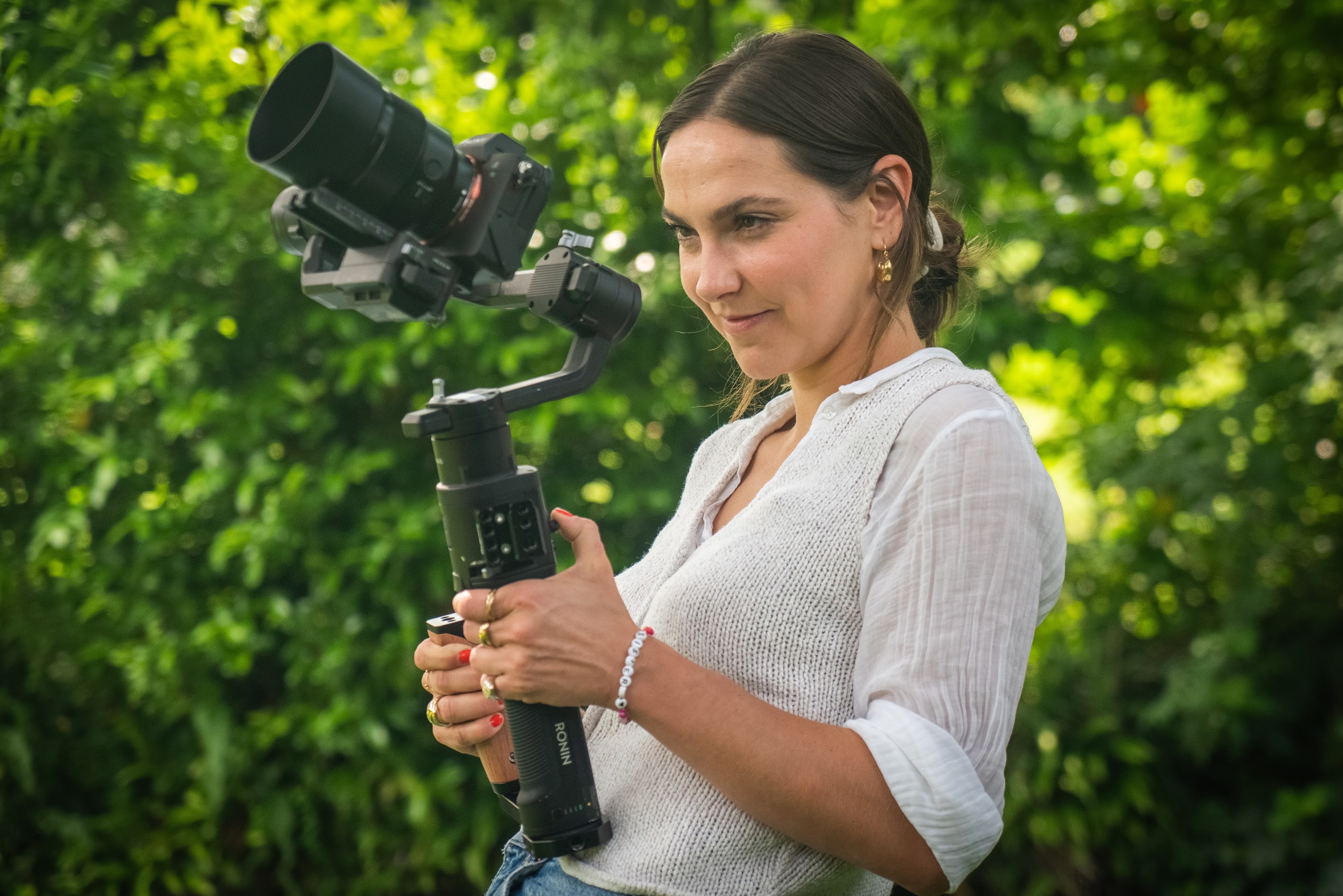
The Power of Camera Angles in Filmmaking
We all have different perspectives and the beauty of filmmaking is we can share these perspectives with people of different ages, religions, ethnicities and economic backgrounds and hopefully, through this, create more empathy, tolerance and understanding. And camera angles can play a big part in helping us achieve this.

Choosing the Right Camera Angles and Shot Types
As I mentioned before, there are two aspects to camera angles: shot types, which indicate how much of the subject is included in the frame, and specific angles, which indicate what position the camera is in relation to the subject. And I’m going to talk you through both.
Shot Types in Documentary Filmmaking
Extreme Wide Shot
First up, is an Extreme Wide Shot, also known as an Extreme Long Shot, which traditionally is used to establish a scene by showing the time of day and what the weather is like.
For example, whether it’s night or day or it’s sunny or rainy. It also shows where the scene is taking place, whether that’s a desert, a forest or a city. An extreme long shot is usually filmed on a tripod or a drone.

Wide Shot
Then we have the Wide Shot, also known as a Long Shot, which is when you film the subject from head to toe. The subject doesn’t fill the frame, but we see the subject’s whole body. With a long shot the character becomes more prominent than an Extreme Long Shot, however the environment still tends to be the main focus. This shot often sets the scene and our subject’s place in it. Like an extreme long shot, it can also be used as an Establishing Shot.
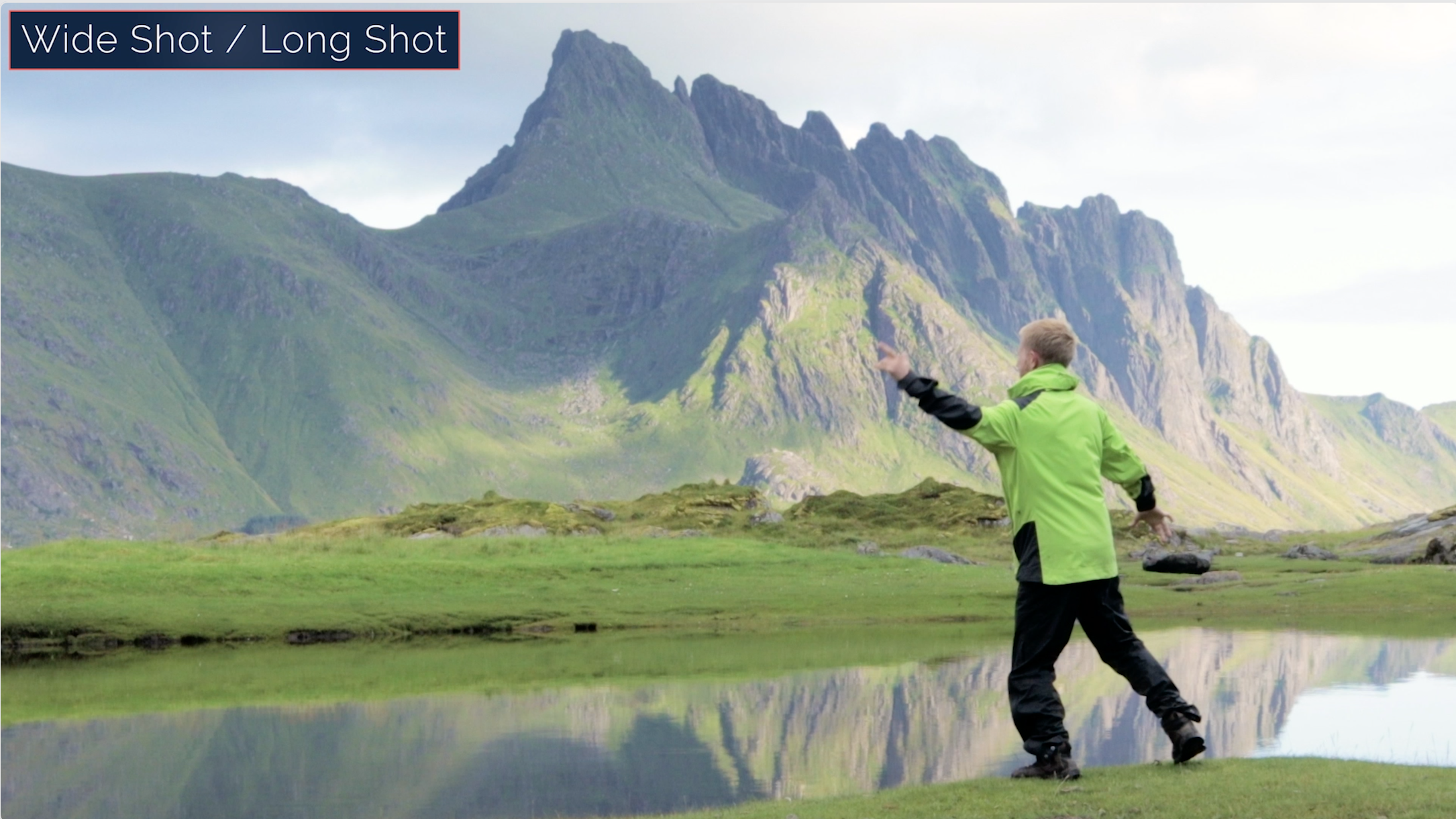
Full Shot
Next is the Full shot. This frames a character from head to toe, filling the shot. This type of angle focuses more on action and movement of the character rather than their emotional state.

Medium Long
We then have the Medium long, also known as a ¾ shot. This shot shows the character in more detail and most often you’ll see them framed from mid-thigh and just above the knees to the top of their head. This shot focuses on a character or characters in a scene while still showing the environment that they’re in.
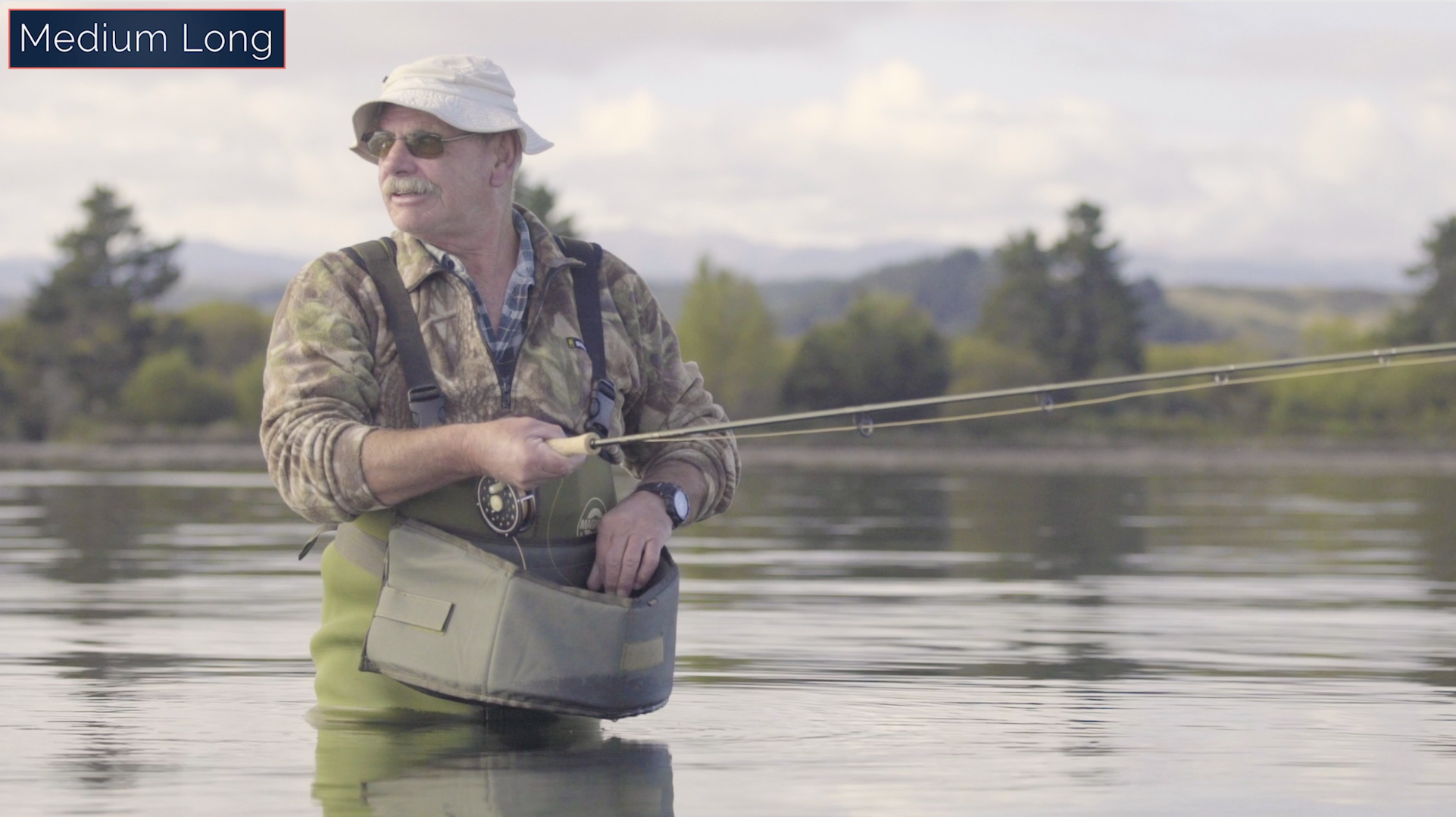
Medium Shot
We then move onto the Medium shot where you typically frame your subject a little bit tighter, from waist to the top of the head. This type of shot is often used to film small group shots, such as a conversation between characters.
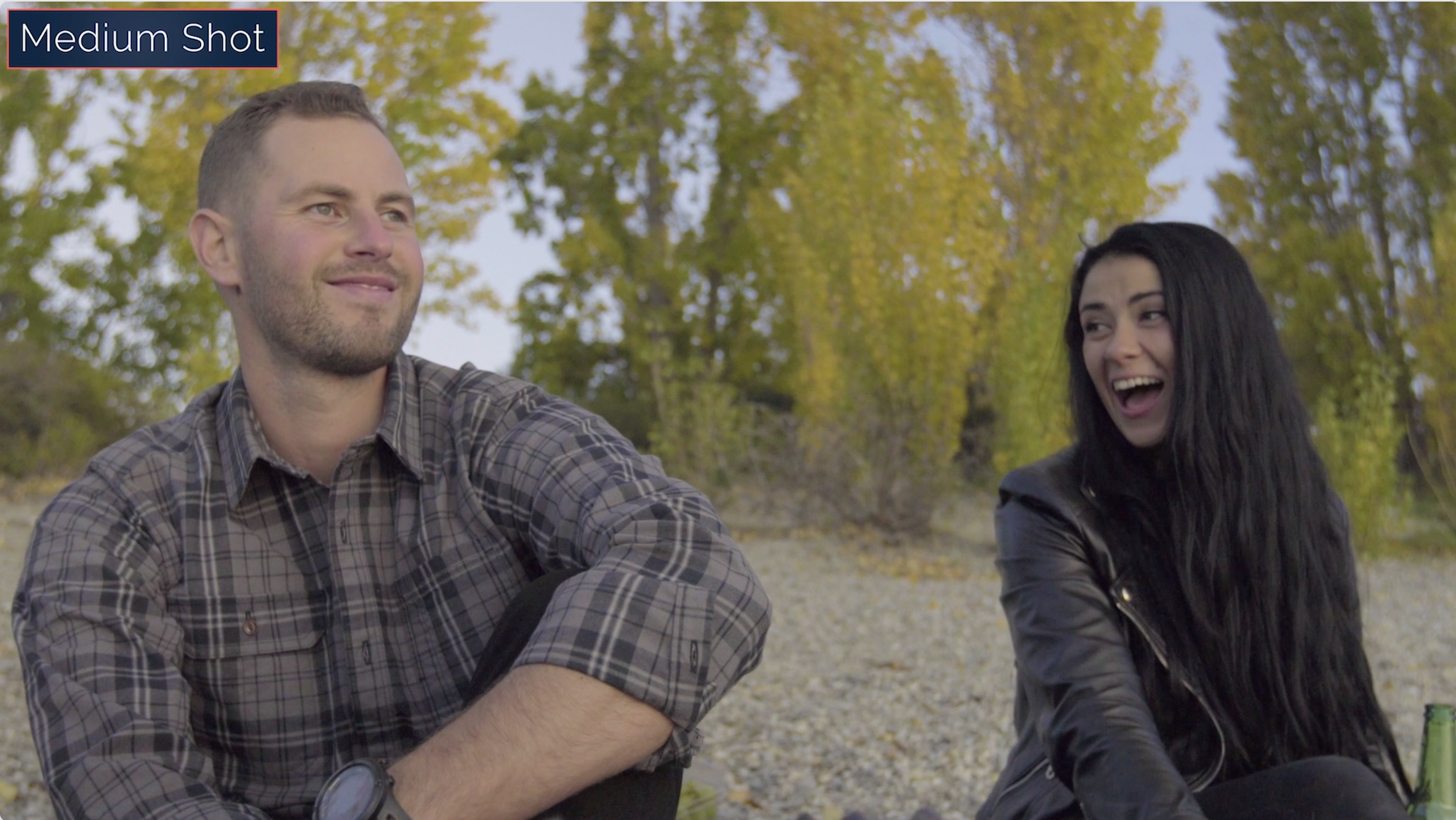
Medium Close-up
Then we have the Medium close-up (MCU) which generally involves framing the subject from chest or shoulder up. This is the most common camera angle for filming interviews with your subjects as we can see the emotions on the character’s face while still getting a feel of the setting that they’re in.
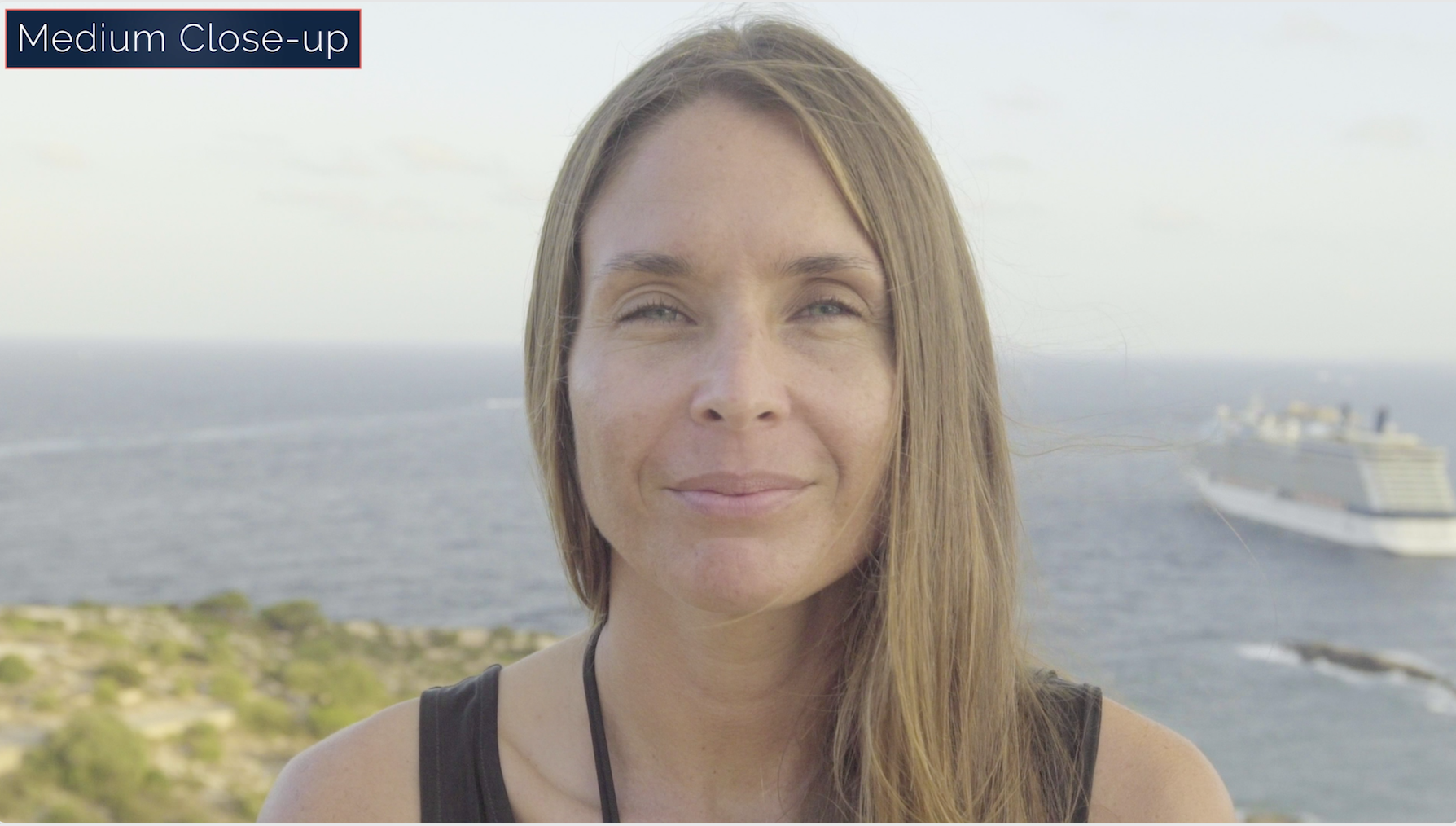
Close-up
Then we’re onto the Close-up. This is one of my favourite angles as it’s most often used to film the face and capture the emotions felt by a character. This angle also helps the audience build a personal rapport and connection with the character as this angle focuses on the subject, removing most of the background from the frame. Close-up shots can also be used to highlight an important object or moment in a scene such as a character writing in their diary or finding and picking up their keys. 
Extreme Close-up
Next is an Extreme close-up. This is where you’re so close in on the subject that only one specific detail, such as a person’s eyes or mouth, can be seen. An Extreme Close Up can be incredibly effective at adding drama to a scene. It allows the viewer to see details that may have otherwise gone unnoticed and can really accentuate the emotions that a subject is going through.
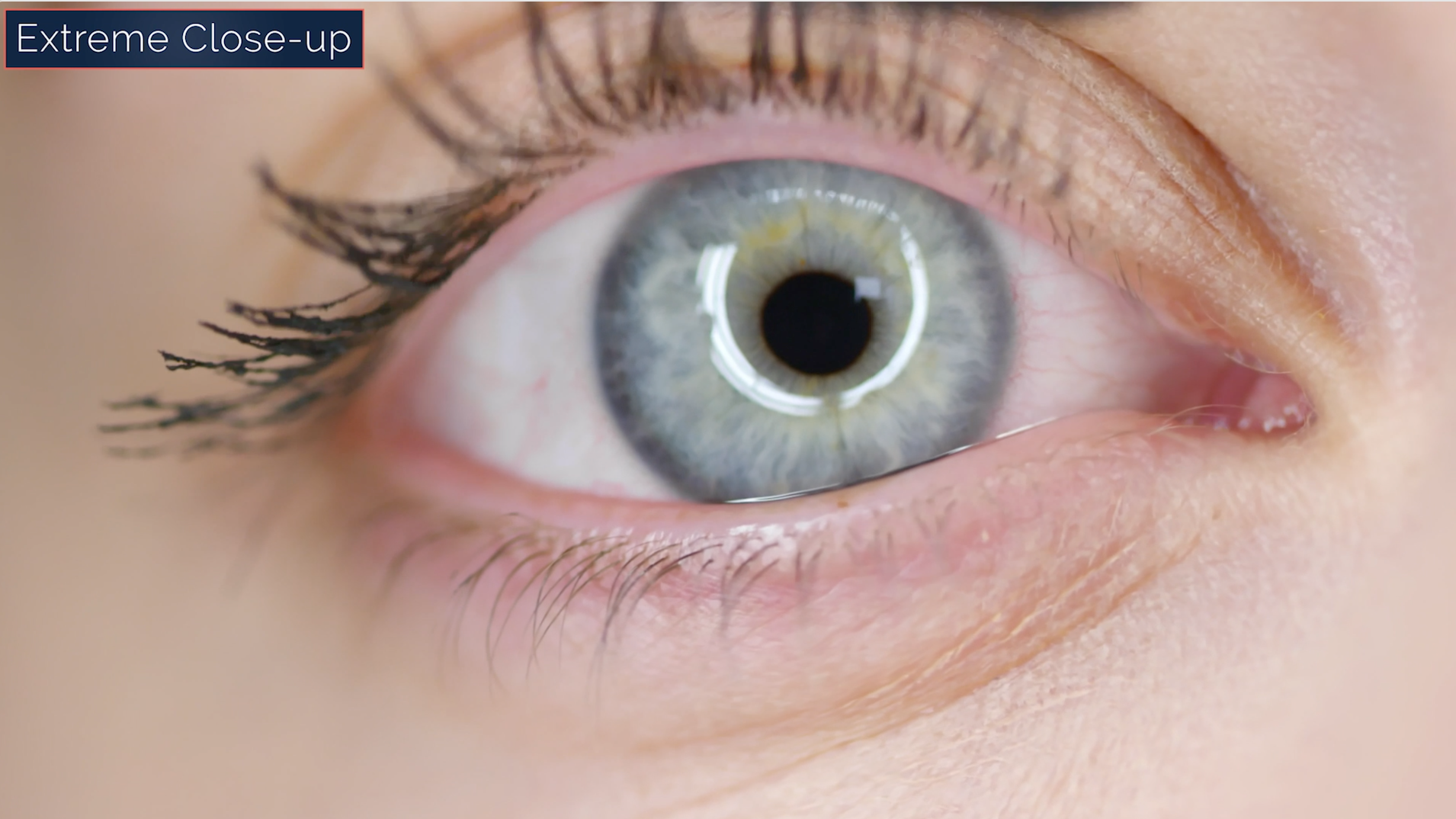
So those are the main shot types I like to use when filming a documentary.
Camera Angles in Documentary Filmmaking
Now we are going to look at specific camera angles which indicate where a camera is placed in relation to the subject.
Here are some of the most popular ones that I like to use:
Aerial Shot
This is a great technique to use if you want to emphasize the scale of the environment where the film is taking place. This is especially effective when filming huge vistas and landscape shots. For example, through mountain tops, on black sand beaches, across rivers and in forests.

Eye Level
This is where a shot is taken with the camera approximately at human eye level, resulting in a neutral effect on the audience. Often beginner filmmakers will film the majority of their documentary this way as it’s the easiest perspective to film from. However, this won’t evoke emotion in the same way as a low or high angle will.

Low Angle
This is where the subject is filmed from below eye level. It will make the subject look large powerful, heroic, or even dangerous.

High Angle
This is where the subject is filmed from above eye level. This angle makes the subject look small, vulnerable, weak, or frightened.

Point of View
Also known as a POV shot, which shows what a character is looking at, as though we’re the eyes of the character. This helps the audience understand the character’s state of mind and how they see the world on a more personal level. POV shots have become very popular with action sequences thanks to small cameras such as GoPros. They can make the audience feel like they’re doing these incredible stunts themselves.

Over-The-Shoulder
Also known as an OTS shot, where the camera is positioned behind one character and facing another. It’s used to establish an eye line for the audience and can drop us into an intimate point of view. An OTS shot is particularly effective in group conversation scenes and helps establish which characters are speaking to each other. It tends to place more emphasis on the connection between two characters rather than the detachment or isolation that results from single shots.

Two Shot
This is where you capture two characters together within the same frame. This is a great way of introducing characters together and showing what their relationship with one another is. For example, if the characters are close together and have the same eye line, this suggests they are close and very connected to one another. Whereas if they’re far apart and one character’s eye line is higher than the other. This shows the dominance of the character whose eye line is higher and the distance shows that they’re not that connected.

Dutch Angle
This is where the camera is set at an angle on its roll axis so that the horizon line is not level. This is used to visually emphasise an uncomfortable or uneasy moment in a scene. I’d recommend using this angle sparingly as if overused, it can become annoying.
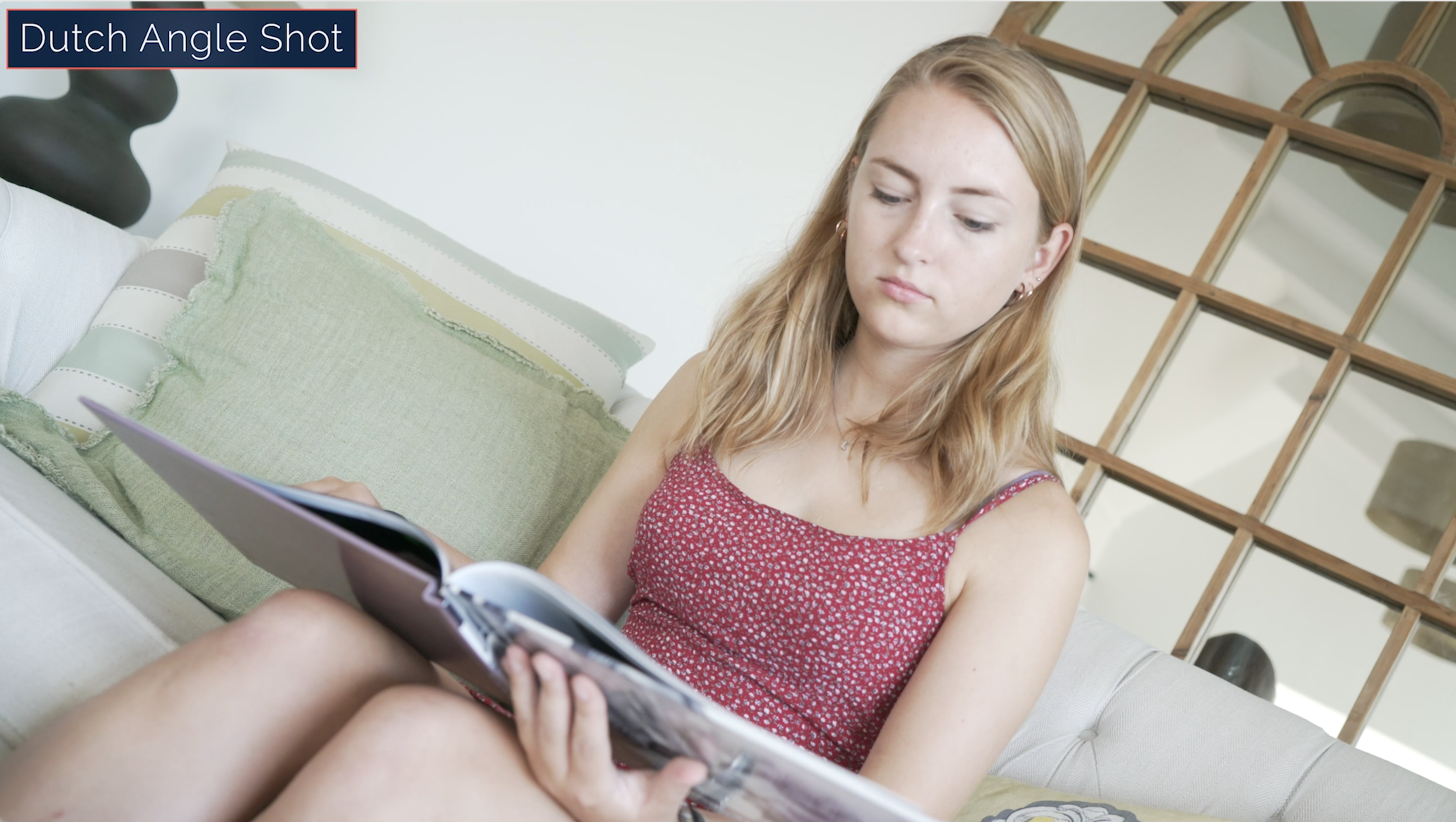
So, we’ve covered eight shot types and eight specific camera angles.
Why Use Multiple Cameras When Filming a Documentary?
A question I’m often asked by beginner filmmakers who are about to embark on filming their first documentary is—do I need to use multiple cameras when filming a scene or can I just use one camera?
Well, it depends on the type of scene you’re filming and your budget.
For example, when I filmed a dance video in a London train station because it was a live event and there was only one opportunity to capture it, I used multiple cameras to capture all the different moments that were happening all at one time.
In this particular shoot we had three camera operators. Two filming with iPhones and I was filming on a Sony Mirrorless camera. I then pieced all the different angles together in the edit to produce the final video. So in this instance I needed multiple cameras in order to get the coverage required to make the video.
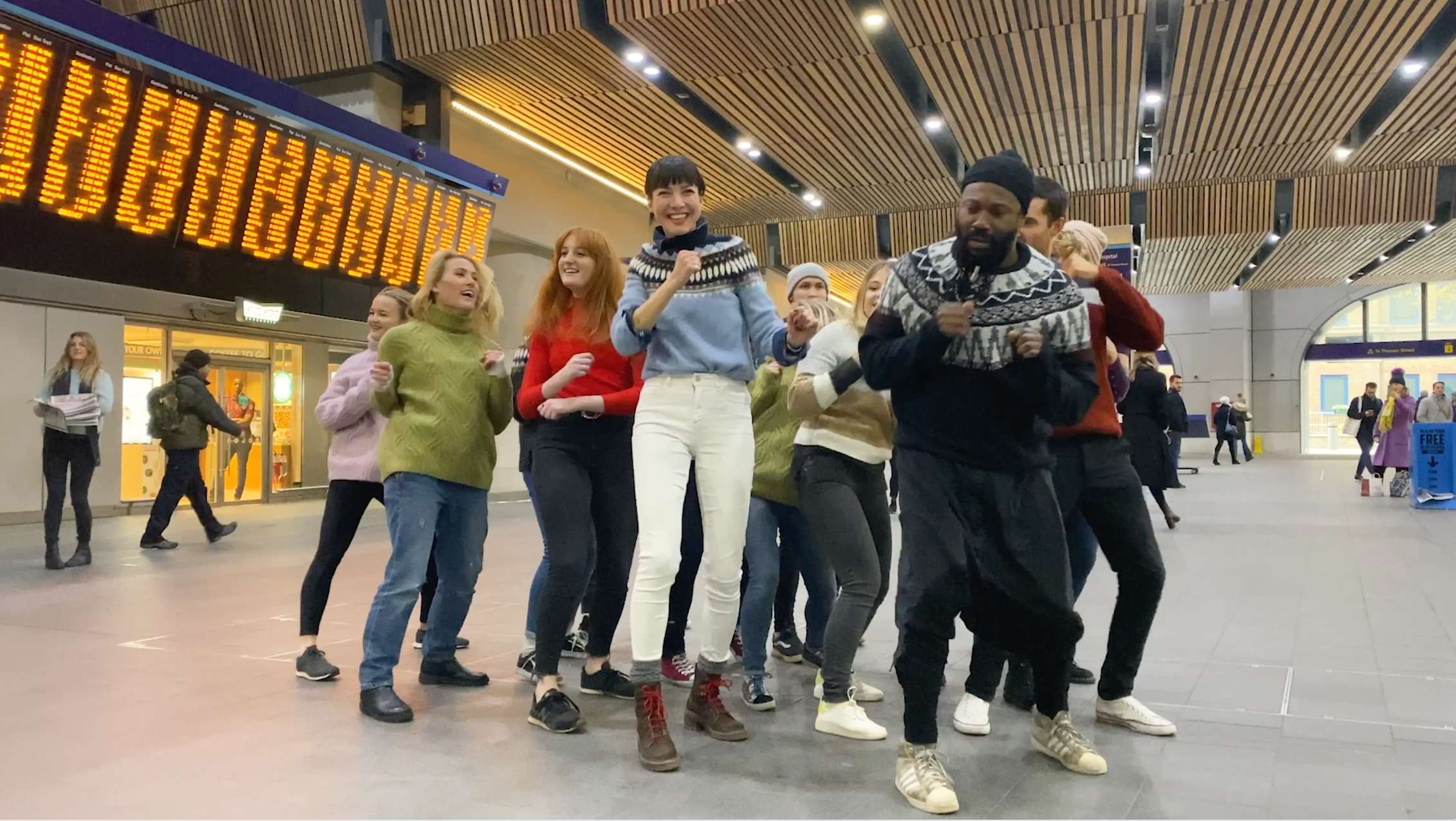
Why Choose Single-Camera Filming for Your Documentary?
In documentary filmmaking, using a single-camera filming technique can be a powerful approach. This method allows filmmakers to focus intently on their subject, capturing intricate details and nuanced expressions, which can enhance the storytelling. With a single camera, filmmakers have the flexibility to experiment with various angles and compositions, allowing them to hone in on the most effective way to convey the narrative and evoke emotion, often resulting in an intimate, engaging, and authentic viewing experience for the audience.
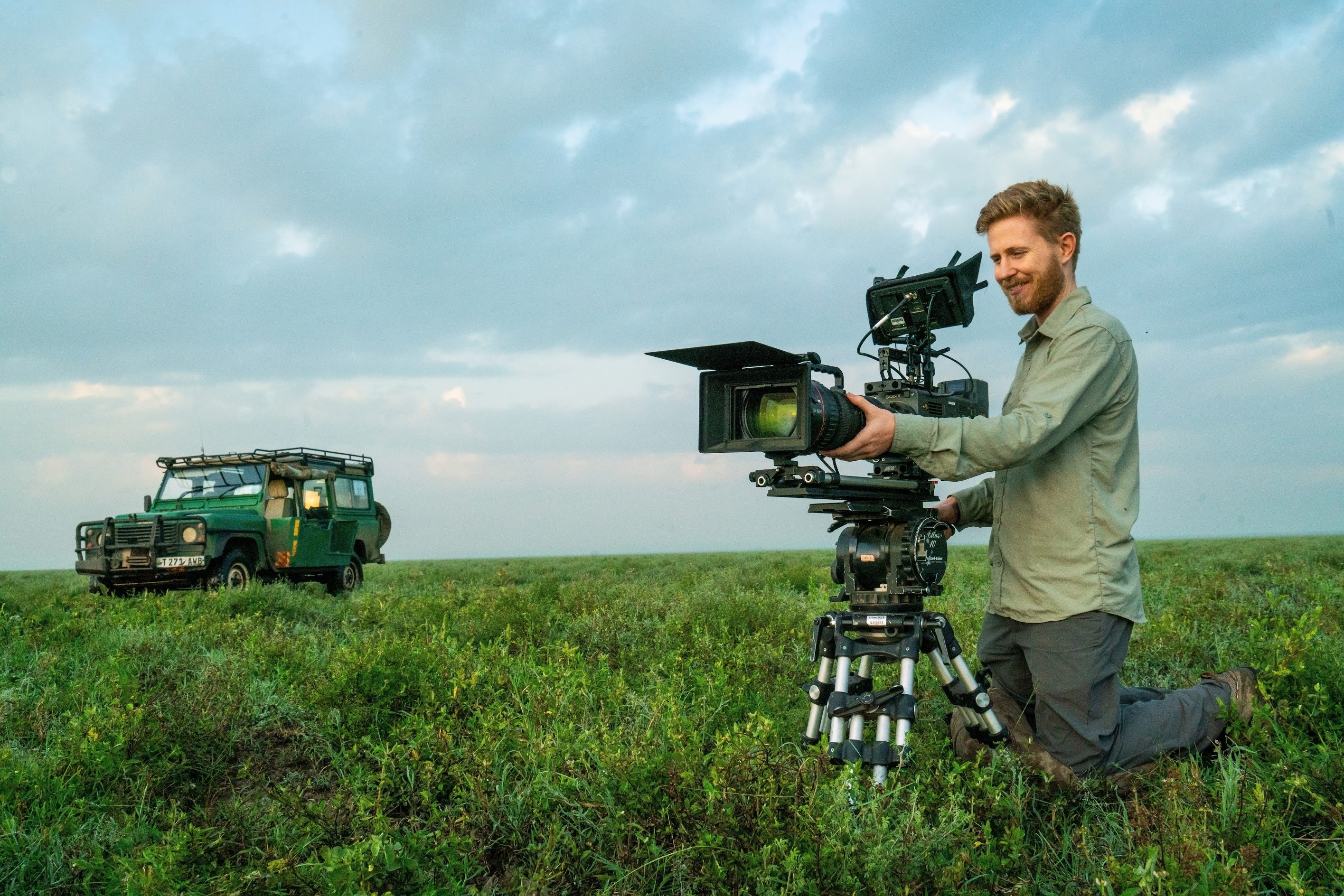
Camera Angle Guide: Tips for Choosing the Right Shot
Deciding what camera angle to use is an art form in itself as this shapes how a scene looks, feels, and connects with the audience. Before hitting the record, think about the emotion you want to convey in the scene. For example, high angles pointing down at a subject make them fall small and vulnerable, while low angles pointing up at a subject make them look powerful. If you arrive at a location and only have a short time to capture everything that's unfolding, using the five-shot rule can help with deciding what camera angles to use: How to Shoot a Documentary Scene With One Camera
Camera Angle Mistakes to Avoid for Better Videos
While the use of camera angles is largely a creative choice, there are a few scenarios where certain angles might be less effective or could potentially detract from the intended message or aesthetics of a scene. Overuse of the Dutch angle, for example, can lead to viewer disorientation or diminish its impact when the scene doesn't call for a sense of disbalance or tension. Excessive high or low angles can distort the subject unnaturally if not used purposefully for storytelling or emotional effect, making characters or objects appear diminished or overly dominant without narrative justification. Up-the-nose shots, often the result of an excessively low angle, can be unflattering and distract from the scene’s intended focus. Additionally, shots that are too close can feel invasive and prevent viewers from getting a full grasp of the scene's context. It's crucial to consider the emotional and visual impact of your angles and to use them judiciously to support, rather than undermine, your storytelling objectives.
Mastering the Art of Camera Angles
Camera angles are an integral part of documentary filmmaking, playing a pivotal role in shaping the viewer's experience and emotional connection to the content. Whether it's the choice between a close-up to capture raw emotions or an aerial shot to showcase vast landscapes, each angle serves a unique purpose. The perspective from which a scene is shot can evoke a range of emotions, from power and dominance to vulnerability and intimacy.
Unlock the Secrets to Creating Cinematic Documentaries
Dive deeper into the world of cinematic storytelling with my exclusive filmmaking training - absolutely free! Uncover 10 transformative secrets that will empower you to craft compelling documentaries: 10 Secrets to Creating Cinematic Documentaries.
















